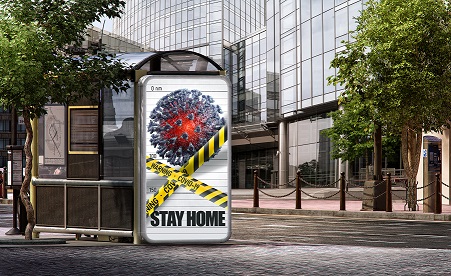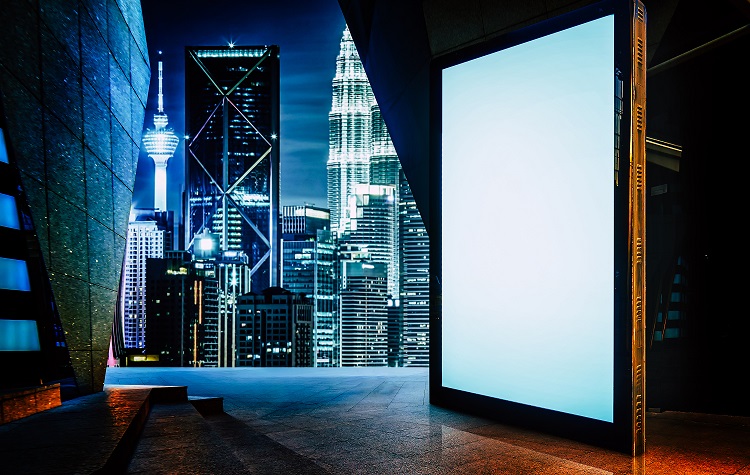
Outdoor advertising may be seen by some as a separate world from digital advertising, but this is not the case as it has become a social channel.
Digital advertising has grown exponentially over the last decade causing a shift in attention and budget allocation from outdoor advertising. It however soon became clear that consumers’ attention isn’t focused on one form of advertising.
Marketing Is Entering A New Era
Social media has taken advertising by storm and everybody wants a piece of the cake.
Advertising has evolved so much over the past decades and the Internet opened new frontiers for advertising.
Social media ensures that people spend a huge amount of their time online. Advertising on social media also has its challenges. This includes:
- Facebook algorithm changes
- Rising ad costs
- Getting noticed in overcrowded feeds
- Too many trends to keep up with
- Authentic connection with the audience
- A dramatic drop in organic reach
- Tracking results
Marketers get unique insights on how to reach consumers if they know where consumers are going, what they pay attention to, what they need, and where they shop.
Using Outdoor Advertising as A Social Channel
Billboards have become more eye-catching seeing that people spend so much time in front of screens and have become pros in ignoring or blocking pop-up ads and banners. Outdoor advertising can, however, be greatly amplified when consumers share ads on social media.
A photo of an eye-catching billboard on social media can travel the globe in an instant. Marketers are in the position to effectively create advertising campaigns that complement themselves across different platforms.
If an advertisement is creative and eye-catching enough consumers will amplify the product or service on behalf of advertisers. Research has shown that consumers are posting photos of interesting outdoor advertisements on social media platforms such as Instagram which leads to a specific advertisement being seen by three times as many people.
With social media in the mix outdoor advertising has become more about creating a culture and less about creating ads. Another study has shown that consumers are more likely to buy, engage with a brand on social media or download an app after seeing an outdoor advertisement.
Seeing that the use of social media occurs primarily on mobile devices consumers always have their devices on the ready when they are out and about. This means that campaigns that can integrate both can influence the impact of both mediums.

